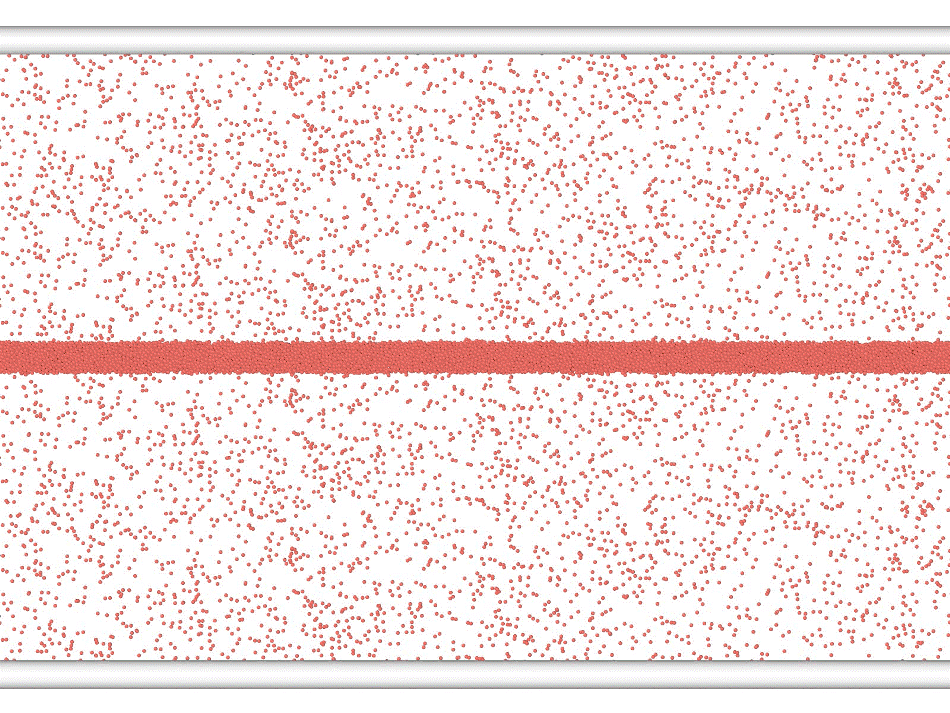Feb 13 2019
- New theory and insights into how liquid nano-jets disintegrate into droplets
- Computer simulations of molecules demonstrate how droplets from a “nano-tap” are different from those from a household tap which is 1 million times larger
- Scientists at the University of Warwick have revised the established 19th-century text-book theory of breakup to acquire dominant nanoscale physics
- Applications are for promising 21st-century nano-technologies including next-generation ink-jet printing, drug delivery, and lab-on-chip devices that diagnose diseases and infections in situ
Scientists at the University of Warwick have discovered that droplets coming from a molecular “nano-tap” would have very different behavior in comparison with those from a household tap which is 1 million times larger. This is a potentially important step for several developing nanotechnologies, for example, 3D printers capable of nanoscale resolution, lab-on-chip devices for in situ diagnostics, and manufacture of nano-sized drug particles.
 (Credit: University of Warwick)
(Credit: University of Warwick)
Scientists at the University of Warwick have used molecular simulations of liquid jets, analogous to a stream of water flowing out of a nano-tap, to investigate the nanoscale production of droplets. The reduction in size from the household jet can be compared to Big Ben being shrunk to the size of a human hair!
There is a classical theory for the disintegration of nano-jets, developed by Rayleigh and Plateau in the 19th century; however, this appeared to be insufficient at the nanoscale, where the inherent jostling of molecules that generates nano-waves on the liquid’s boundary cannot be overlooked. The newly devised theory captures these nano-waves and can precisely predict the production of nanodroplets.
This theory estimates that it is easier to produce droplets at the nanoscale than from the household tap, with nano-waves acting to breakup jets that would be typically stable.
Our research is concerned with developing a new understanding for emerging nanoscale technologies, using simulation for design techniques, and this research exemplifies this effort with potential applications in manufacturing and healthcare.
Prof. Duncan Lockerby, School of Engineering, University of Warwick.
It has been wonderful to work on a problem whose classical solution I teach to 3rd-year undergraduates and to develop a new updated theory for application at the nanoscale.
Dr. James Sprittles, Mathematics Institute, University of Warwick.
The paper “Revisiting the Rayleigh-Plateau Instability for the Nanoscale” has been published Open Access as a Rapid Communication in the Journal of Fluid Mechanics, a prestigious journal. It has also appeared on the Front Cover of Volume 861and is presently the fourth Most Read Article.